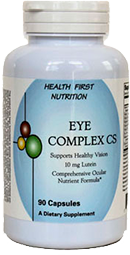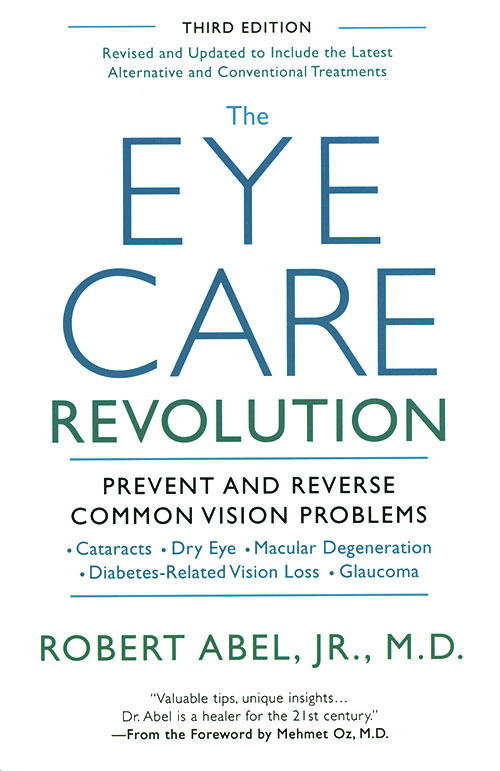The Dark Side of Ophthalmology

Complimentary medicine is more than vitamins and supplements. It concerns water, diet, breathing and even sleep. In addition to our general well being, we need at least five hours of restful sleeping to refresh our eye. More than twelve million people may be affected by sleep disturbances and even sleep apnea, which is where the tongue and throat muscles actually relax too much in supine position.
There are a number of eye disorders that are recognized to be associated with obstructive sleep apnea (OSA). I will share some of this information with you, starting with the symptoms, the signs, the systemic mechanisms and finally the specific eye problems.
First, the symptoms associated with OSA are:
- Snoring
- Insomnia
- Waking up choking or short of breath
- Morning headaches
- Excessive daytime fatigue
The clinical features are:
- Obesity, esp. overweight middle aged men
- Large neck circumference (men >17 in, women >16 in)
- Tonsillar hypertrophy
- Small lower jaw
- Witnessing apnea by a bed partner
Systemic conditions that increase risk:
- High blood pressure
- Heart disease, heart failure
- Diabetes
- Chronic fatigue
- OSA increases the risk of a car crash by seven fold
Pathogenesis
- Reduced oxygen and increased carbon dioxide
- Increased blood pressure
- Structural and cardiovascular effects
Floppy eyelid syndrome
- 90% have OSA
- Increase In connective tissue enzymes
- Hyperlaxity and lid eversion
- Conjunctival papules
- Corneal exposure, staining, ulceration, scarring and vascularization
Glaucoma
- Normal tension glaucoma is defined as normal eye pressure but abnormal visual field or optic nerve findings. NTG or open angle glaucoma may be seen in up to 27% of OSA patients compared to 2% in the general population.
- Hypoxia and mechanical compression are major factors
- Lowered BP contributes to poor blood flow to the optic nerve and brain.
- All patients with OSA should be screened for glaucoma.
Nonarteritic ischemic optic neuropathy
- OSA 1.5 – 2x more frequently the cause than hypertension or diabetes.
- Caused by nocturnal hypoxia and hypotension
- No effective treatment
Papilladema
- Intracranial pressure increases (ICP) during sleep.
- ICP disrupts axoplasmic flow in optic nerve fibers leading to swelling and venous obstruction.
- Optic nerves swell giving papilladema.
- Headaches are very common.
- Associated eye findings are blurred vision, unreactive pupil and decrease color perception.
Recommendations
- Weight loss
- Optimization of sleep position
- Mouth guard
- Eye shields
- Eye lubricants
- Continuous Positive Airway Pressure (CPAP)
- Throat exercises
- Throat surgery
- Implanted pacemaker that zaps the tongue
CPAP associated eye findings
- Skin irritation
- Lid laxity and nocturnal lagophthalmos
- Conjunctivitis
- Corneal exposure with air blowing into the eye
Summary:
- Untreated OSA is far more dangerous than just losing a good night’s sleep.
- All ophthalmologists should be aware of the ocular side effects of sleep apnea. There is the need for prompt referral for evaluation.
- Screening has been recommended by the National Transportation Safety Board.
- Please inform your loved ones who may have this problem.







